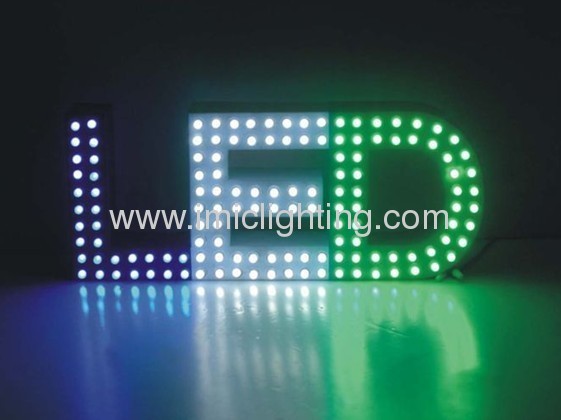Product (207)
- LED Flood Lights (71)
- LED Bulkhead Light (8)
- LED High Bay Lights (9)
- LED Street Light (8)
- LED Gas Station Light (3)
- LED Work Light (2)
- LED Ceiling lights (16)
- LED Panel Light (4)
-
LED Corn bulb lights
(4)

- E27 Base series (4)
-
E27/GU10/MR16 LED Lamps
(17)
- COB LED Lamps (17)
-
LED Bulbs
(25)
-
LED Dome Light (3)

- LED PL lamp (2)
- LED Ceramic bulb lights (9)
- LED Candle Lights (5)
- LED Bulb lights (6)
-
LED Dome Light (3)
- LED Cabinet Light (4)
- Others (36)
Suggestions (2)
Certificates (11)
Knowleage (8)
Why us (6)
Factory Photo (21)
Credit Report
Products Index
Company Info
Ningbo MIC Lighting Co.,Ltd. [China (Mainland)]
Business Type:Manufacturer, Trading Company
City: Ningbo
Province/State: Zhejiang
Country/Region: China (Mainland)
Knowleage
Application of LED

LED's proprietary characteristics above mentioned determines their ideal suitability in a wide range of application.
Decorative lighting:
Due to the rich variety in colors, small size, durability, energy saving, LEDs are perfect light source for decorative application. Attached on a PCB, flexible cable, or other desired materials; LEDs can be used for light source of channel letter, signs, border light, light tube and so on.
Illumination:
With the advance of the while light LED technology, an array of white light LEDs assembled in a certain way are now bright enough to be used for domestic illumination, such as light, table lamp, and garden lamp etc.
Display:
A typical application of LEDs is for message display or large-scale display screen, which are popularity used in sport fields, airports, business centers and so on. The largest LED display in the world is 36mm high, at Times Square, Manhattan.
LCD backlight:
Because of LED's small size and low power consumption, they are perfect light source for LC backlight.
Color:
Monochromaticity is the inherent property of LEDs. They emit a pure color in a narrow frequency range. The color emitted form a LED is identified by peak wavelength(Ipk) and measured in nanometers(nm). Peak wavelength is a function of the LED chip material, the composition of the different materials determines the wavelength and therefore the color of light emitted.
As we know, white color is a combination of all colors. But eye does not require a mixture of all the colors of the spectrum to perceive white light. A mixture of three primary colors(red, green, blue) can be well enough.
Based on this principle, many solutions have been proposed to fabricate white color LEDs. The typical one is to bury a GaN type blue LED having an InGaN active layer in to a YAG pond emitting yellow fluorescene.
Intensity an View Angle:
LED light output varies with the type of chip, encapsulation, and other variables. But there is no consistent international criterion for LED brightness measurement. Generally, the amount of light emitted from a LED is quantified by a single point, on-axis luminous intensity value (IV), and is specified in millicandela (mcd).
A LED with higher luminous intensity value, the lamp with the large viewing angle will have the higher total light output.
Pre Page:
What is High power LED
Next Page:
Comparison between LED and Incandescent...



